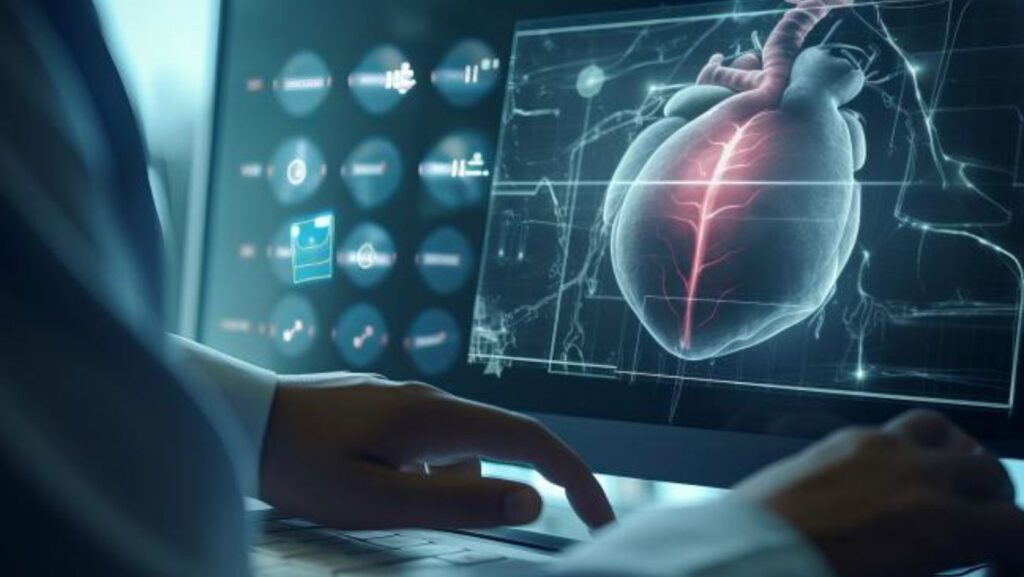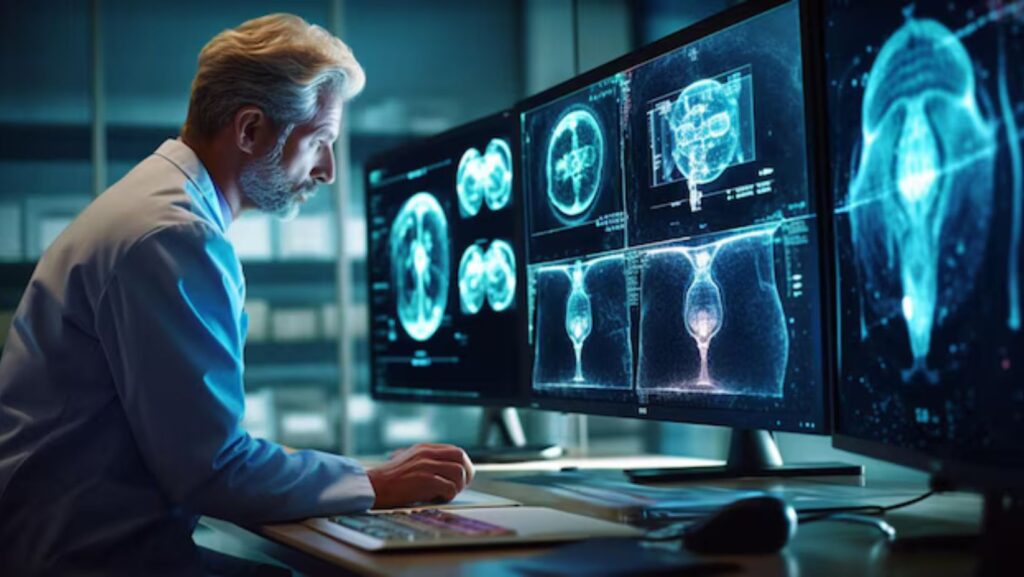A new deep-learning technique could revolutionize the way doctors diagnose and monitor coronary artery or Heart disease, the leading cause of death worldwide. Researchers at Washington University in St. Louis, in collaboration with Cleveland Clinic and the University of California Santa Barbara, have developed a method called CTLESS that eliminates the need for an additional CT scan in myocardial perfusion imaging (MPI) using single photon emission computed tomography (SPECT). This breakthrough could make heart imaging safer, more affordable, and more accessible—especially for underserved communities.
The Challenge of Traditional Heart Imaging

SPECT MPI is a widely used tool for detecting coronary artery disease, offering detailed images of blood flow to the heart. However, for accurate results, it traditionally requires an additional CT scan for attenuation compensation (AC), which corrects for signal weakening as it moves through body tissue. Heart images can be distorted without this correction, leading to potential misdiagnoses.
The problem? Not all hospitals, particularly those in rural areas, have the necessary SPECT/CT equipment. According to study leader Abhinav Jha, associate professor of biomedical engineering and radiology at Washington University, “approximately 75% of all SPECT MPI scans are performed without AC due to cost, complexity, and equipment availability.” This can lead to reduced diagnostic accuracy.
How CTLESS Uses AI to Improve Imaging for Heart Disease

The CTLESS method replaces the need for a CT scan by leveraging deep learning and physics-based modeling. It estimates a synthetic attenuation map directly from the emission scan, allowing AC without requiring a separate CT scan. This not only improves diagnostic accuracy but also reduces radiation exposure and costs.
Jha and his team tested CTLESS using real-world clinical data, comparing its performance to traditional attenuation correction methods. The results were promising—CTLESS produced comparable accuracy across different scanner models, varying levels of heart damage, and diverse patient demographics. Notably, it performed equally well in both men and women despite anatomical differences that typically affect attenuation levels.
A Potential Game-Changer for Rural and Resource-Limited Hospitals

One of the most significant advantages of CTLESS is its potential to bridge the healthcare gap between large hospitals and more minor, resource-limited facilities. Because many rural hospitals lack access to full SPECT/CT scanners, patients in these areas often receive less accurate heart imaging. By eliminating the need for a separate CT scan, CTLESS could help ensure more consistent, high-quality heart disease diagnostics nationwide.
“By providing the ability to perform AC without requiring a CT, the proposed CTLESS method may help boost technological health equality across the U.S. and worldwide,” Jha said.
The following research phase will further validate CTLESS and make it widely available in clinical settings. If successful, this technology could represent a significant step forward in making heart disease diagnostics safer, more efficient, and more accessible for patients everywhere.
Reference: Zitong Yu, Md Ashequr Rahman, Craig K. Abbey, Richard Laforest, Nancy A. Obuchowski, Barry A. Siegel, Abhinav K. Jha. CTLESS: A scatter-window projection and deep learning-based transmission-less attenuation compensation method for myocardial perfusion SPECT. IEEE Transactions on Medical Imaging, 2024.

